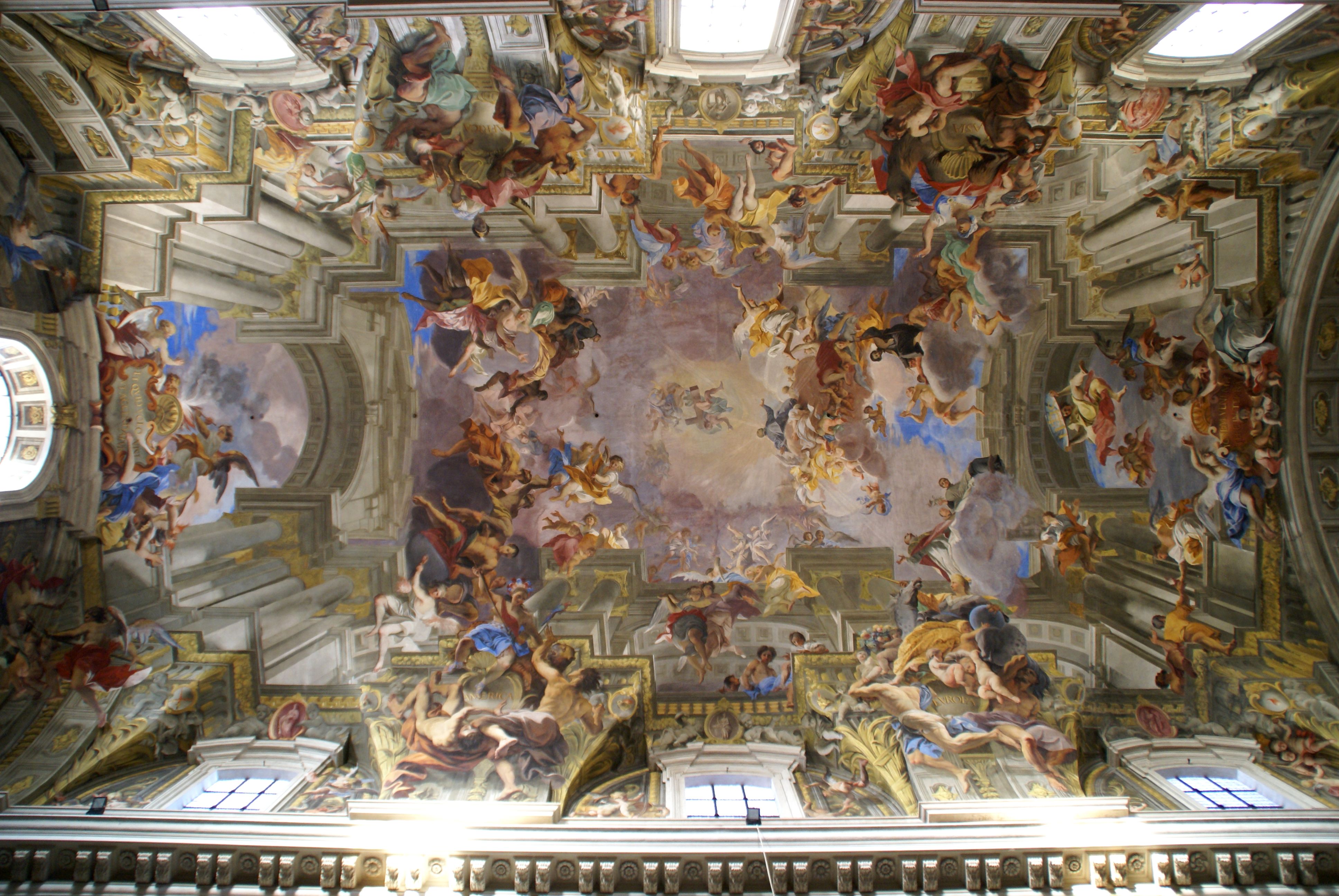In recent times the Catholic Church across the
world has hauled up not merely for the sexual abuse committed by priests
against minors, but also the inept, and unjust manner in which the complaints
about this abuse was received by diocesanal authorities. All too often, rather
than take strict action against such priests, the response of the diocese was
to transfer these offenders who merely continue their abuse. In doing so, these
dioceses violated not only the integrity and dignity of these individuals, but
also compromised the ministry of the Church. Priests are looked up to; they
operate as figures of trust. When such figures violate this trust, and their
superiors look the other way, it impacts not merely the persons involved, but
the Church itself.
 Not too long ago, this controversy was expertly
opened up to the world through Spotlight,
the Oscar winning film directed by Tom McCarthy. The film takes its name from
the Boston-based newspaper, The Boston Globe's Spotlight team that investigated
the misguided handling of complaints of sexual abuse committed by priests in
the diocese of Boston, USA. What is great about the film is the muted manner in
which it has focused on the investigative process of the Spotlight team
allowing us to absorb the horror that such violations involve, rather than opt
for easy sensationalism.
Not too long ago, this controversy was expertly
opened up to the world through Spotlight,
the Oscar winning film directed by Tom McCarthy. The film takes its name from
the Boston-based newspaper, The Boston Globe's Spotlight team that investigated
the misguided handling of complaints of sexual abuse committed by priests in
the diocese of Boston, USA. What is great about the film is the muted manner in
which it has focused on the investigative process of the Spotlight team
allowing us to absorb the horror that such violations involve, rather than opt
for easy sensationalism.
These two sentences captured two radically
different positions that may be present within the same institutional
framework. The first sentence speaks to how the failure of the Curial hierarchy
can be the result of a defensive Church, a defensiveness brought about when the
Catholic community in the area is a marginalized one. The second sentence suggests that the problem lies with
the culture of the Curia being oppressively patriarchal.
What is often unknown, and not adequately
highlighted in Spotlight, is that
until recently Catholics, and the Catholic Church, in the United States lived
under severe
restrictions and social hostility. This kind of hostility is not dissimilar
to that faced by non-Hindu groups in India. Universally too, at least from the
time of the French Revolution, the
Catholic Church has been pushed to the wall and represented as an evil
institution. It is this culture of hostility that creates a culture where
internal differences are quashed, often with the grudging consent of the
victims, so as protect the larger group. In other words, external hostility
works to feed authoritarian leadership and suppress democratic dissent within
marginalized groups. If, therefore, justice issues within the Catholic Church
are not discussed, one has to also lay the blame for it at the feet of the
dominant culture.
Resolving the crisis the Church faces lies in
finding a path between the two problems Kirwan identifies. And yet, this is an
awkward position. How do we go forward? Carrying the question before statal
authorities, especially when the state is hostile, or seeking to assert its own
power, poses a great risk. One way in which this tension can be resolved was
demonstrated by some of the protestors in Goa who have presented
their claims to the Apostolic Nuncio. In doing so they have shown great
nuance. Taking the issue, not before the state, that could possibly prove
hostile, but a superior authority within the Church structure, they have opened
up a space for the conflict to be resolved internally. One prays that the
authorities within the Archdiocese of Goa will recognize this opportunity and
respond appropriately, and create systemic change rather than leaving room for
a conflict that we can ill afford.






